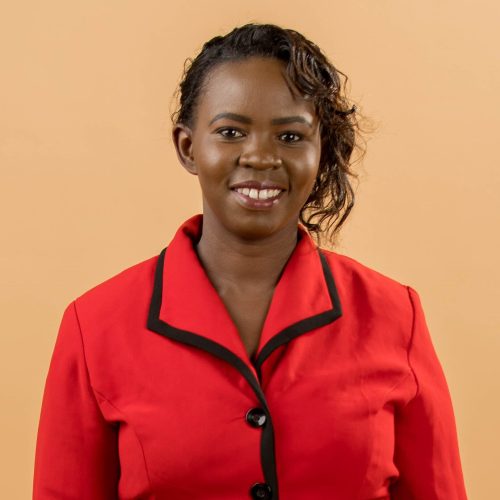
By Diana Wanyonyi – wanyonyidiana@gmail.com
Situated in Bamburi on the Mombasa-Malindi Road along the Indian Ocean coastline in Kenya is the Haller Park.
The facility named after its founder Dr René Haller is a success story of the transformation of a quarry wasteland into an ecological area. It holds a variety of plant and animal species that serve as a recreation spot for tourists and locals.
In 1952, Cementia Holding sought a site at the East African coast to build a cement factory and found one 12km North of Mombasa. Over the years, cement production grew in millions of tonnes, soon making the area an uninhabitable arid wasteland.
The Bamburi Cement Company decided to rehabilitate the quarries in vain. No plants grew.
In 1959 Rene Haller was hired as manager of the garden department and tasked to beautify the area. In the 1970s, he began the reforestation project with an aim to find pioneer plants that could survive the limestone desert and fierce tropical sun. After planting 26 plants species, only three – the damas, coconut palm, and the Casuarina – survived.
Dr Haller describes the situation when he arrived in Mombasa: “In 1959 I came down to the coast and what I saw was just before the rainy season. It was so dry in March and when rain came the sea was red from soil being washed downhill.
“The community nearby, albeit not as big, had cleared the forests to make charcoal. I needed to stop dirty water from the bare land from flowing into the sea whenever it rained. The water pans idea surfaced,” he says.
The naturalist at one point noticed there was a cement company that destroyed hectares of land and no one knew how to reclaim such.
“We started as a pioneer to plant the trees that grow in deserts and when they were all grown, we cut and sold them to buy other tree species which we planted in between. That created an ecosystem that has more than 100 tree species today,” says Dr Haller.
He introduced the millipedes into the Casuarina Forest which triggered a chain reaction of colonisation by plants and animals.
In Mwakirunge, approximately 50km from the city, Wilson Mwajirani has planted indigenous tree seedlings on an eroded slope near the Singwaya Forest. He has dedicated two acres of his land to tree growing.
He lauds Haller Park services, which include providing regular on-site support within rural communities to help farmers implement what they have learnt from reclaimed parks. Mr Mwajirani is happy at the gains in minimising biodiversity loss in his area and Mwakirunge in general.
“We started from one farm. We educate communities on how to keep terraces. In 2010, this area was dry because there were no trees but since we started doing terraces and planting trees three years ago, the area is greener,” he says.
He reveals that he started asking for water pans from Dr Haller in 2012. “We went from one water pan to the current 38. The water pans have benefited the community because the use the water for vegetable farming.”
Daisy Mweri is one of the farmers in Kashani who joined hands with other women in the community to plant trees.
Anastasia Cheruiyot, a plant conservation biologist says she educates farmers to embrace indigenous vegetables farming as they reclaim land.
“Most of the plants we have collected have their nutrition value tested and established. Many of them are more nutritious than your average exotic vegetables. They have been used by various communities in Africa to treat several ailments,” she says.
So far more than 2 million trees have been planted in the reclaimed quarry, making it the first park to be honored by the United Nations Environmental Programme and awarded the Global 500 Roll of Honour Award for its unique, ecologically sound and successful rehabilitation.









